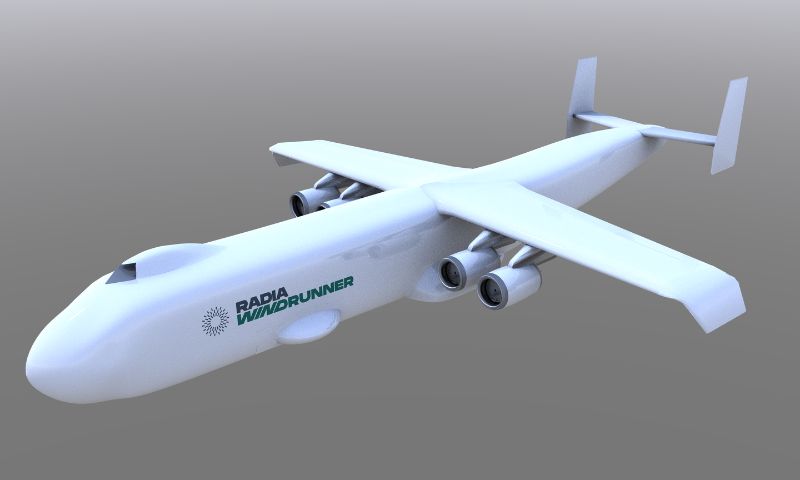Tech
Radia, US Tech Company Builds World’s Biggest Plane – WE News English

GENEVA: Energy company Radia is currently developing WindRunner, the world’s biggest plane, that is designed to transport large wind turbine blades to remote locations, facilitating the creation of more wind farms.
Mark Lundstrom, CEO of Radia, is working hard to complete the gigantic project. The aircraft is being built to facilitate GigaWind, a new generation of massive onshore wind turbines that could increase the capacity of grid, lower energy prices and avoid vast amounts of carbon emissions.
In a recent episode of the World Economic Forum’s podcast, Lundstrom explained the development of this ambitious craft and turbines, and the reasons behind his work in the clean energy space.
According to the company the WindRunner fleet and GigaWind could add up to 216GW to the United States’ grid, and supply up to 40 percent of total US electricity generation by 2050.
Radia says GigaWind could help lower US energy prices by up to 16 percent reduce grid emissions by 15-31 percent and avoid up to 760 million metric tons of carbon emissions per year.
“Imagine offshore-sized wind turbines deployed onshore. What this enables you to do is have a path to the cheapest energy in the world and the cheapest green energy in the world – and it’s done by using basically existing technology,” Lundstrom said.
He added that onshore wind needs to be one of the biggest contributors to the primary power source of the US.
Lundstrom explained the concept of GigaWind was born seven years ago when a couple of the largest wind turbine manufacturers decided to make offshore-sized turbines.
He said WindRunner the world’s largest plane is being developed to move large turbines adding it will have a lot of mass, 70 tons, with a volume that’s about 12 times bigger than Boeing 747 aircraft.
Although WindRunner is “very unique” due to its size and landing capabilities, “there’s no new aerospace technology that’s being used”, Lundstrom said.










